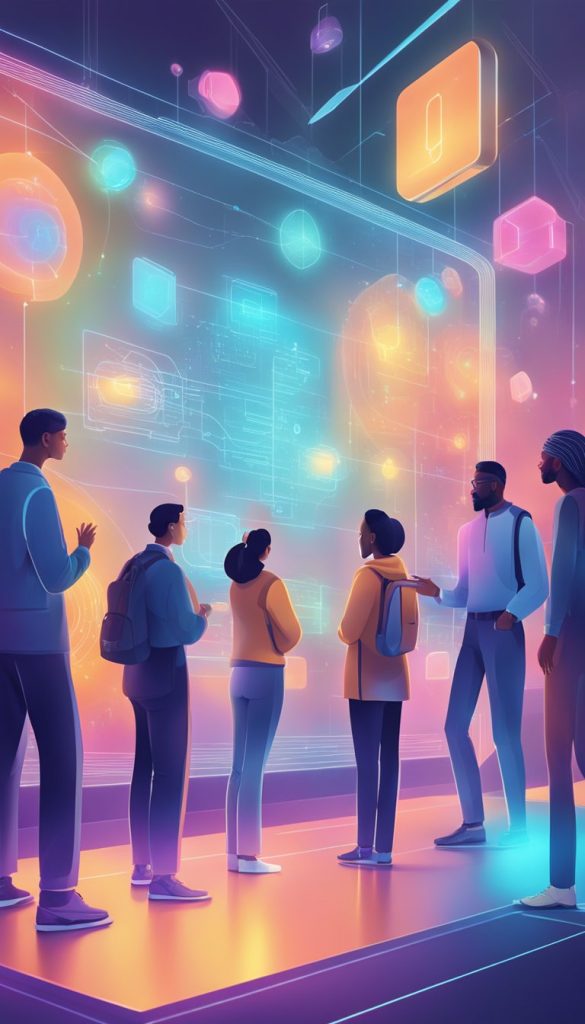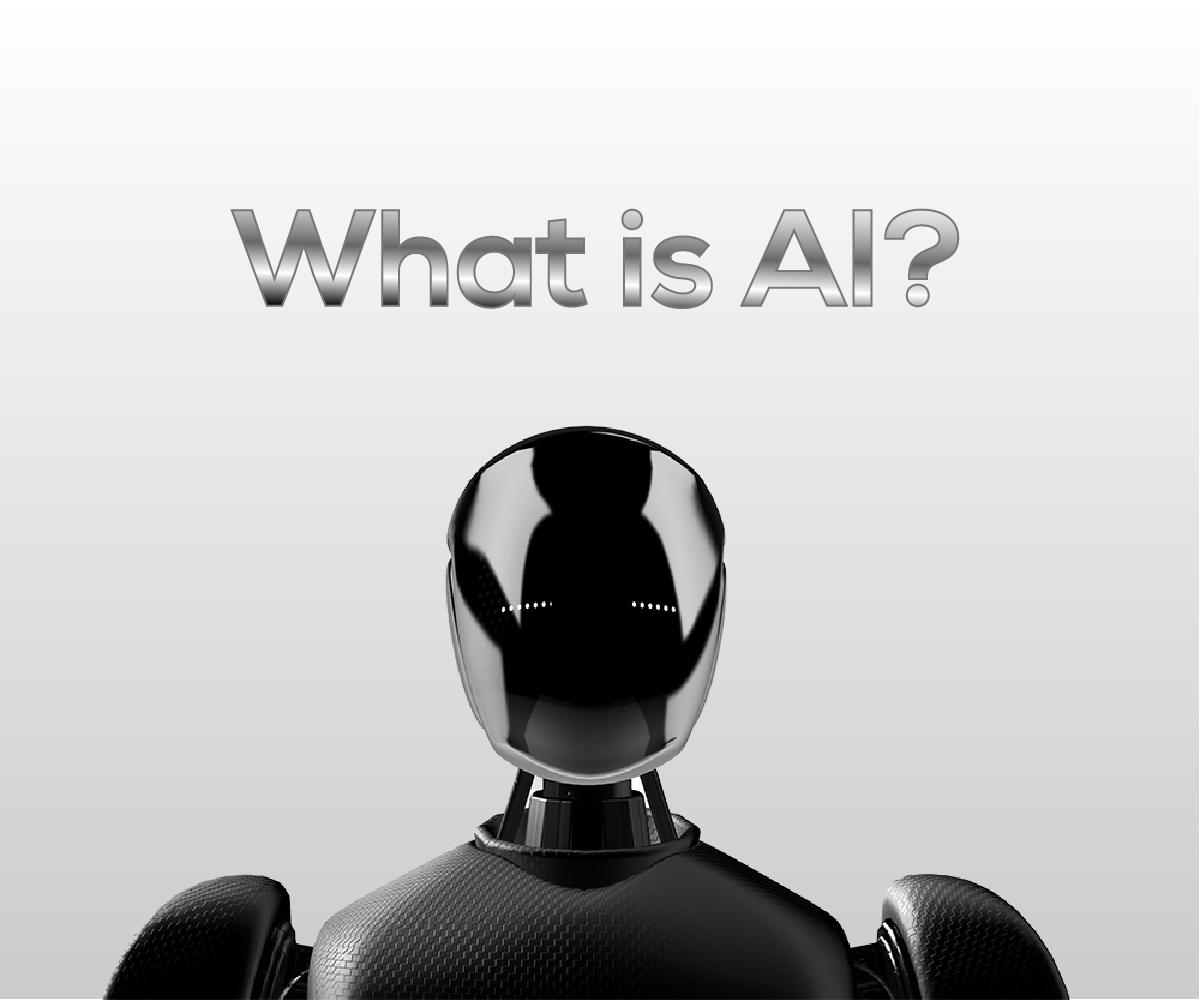You’ve probably heard people talking about AI a lot lately. But what does it really mean—and do you really need to understand it?
The answer is yes—but don’t worry! This guide breaks down what AI is in plain English. We’ll use examples from everyday life, so it feels familiar and easy. Whether you’re curious, confused, or just want to keep up with the grandkids, you’re in the right place.
Key Takeaways
- AI stands for artificial intelligence—when computers can “think” or make decisions like humans.
- It’s already part of your everyday life, even if you don’t realize it.
- Think of it like a smart helper that learns from experience, like a child learning to recognize faces or voices.
- You don’t need to be tech-savvy to understand AI—it’s simpler than it sounds.
- Real-life examples include voice assistants, online recommendations, and even smart thermostats.
What Exactly Is AI?
Let’s start simple.
AI, or artificial intelligence, is when a machine (like a computer or smartphone) is designed to learn, think, and make decisions—similar to how humans do.
But don’t imagine a robot taking over the world. Most AI is invisible and quietly helping you with small tasks every day.
Think of it like this:
Imagine teaching a child how to recognize a cat. You show them a few pictures, and soon, they learn what a cat looks like. AI learns in a similar way—by looking at lots of examples until it gets good at spotting patterns.

Real-Life Examples of AI You Already Use
Here are a few ways you may already be using AI—without even realizing it:
1. Voice Assistants (like Siri or Alexa)
You say, “What’s the weather today?” and they answer. That’s AI understanding your voice and finding the answer for you.
2. Netflix or YouTube Suggestions
Ever noticed how the shows or videos you might like magically appear? That’s AI learning your preferences and recommending similar content.
3. Spam Filters in Email
You don’t see a flood of unwanted emails because AI is sorting out junk mail for you.
4. Maps and GPS Apps
When Google Maps suggests a faster route, it’s using AI to analyze traffic in real-time and help you avoid delays.
5. Smart Home Devices (like thermostats or lights)
Some smart thermostats learn your habits—like when you wake up or leave the house—and adjust automatically. That’s AI at work.
Why AI Matters to You
Even if you don’t use gadgets much, AI is all around—making life a little easier, faster, or safer. It can:
- Help doctors find diseases earlier
- Make shopping more convenient
- Keep cars safer on the road
- Even assist people with disabilities
AI isn’t something to be afraid of—it’s a tool, and like all tools, it depends on how we use it.
Final Thoughts
Artificial intelligence might sound complicated, but at its core, it’s just technology designed to learn and help. Whether it’s your smart speaker answering questions or your phone predicting the next word you’ll type, AI is already part of your world.
And now, you understand how it works! 👏
Curious to dive a little deeper? Check out our other guides on smart devices, helpful apps, or how to stay safe online—explained the same simple way.
